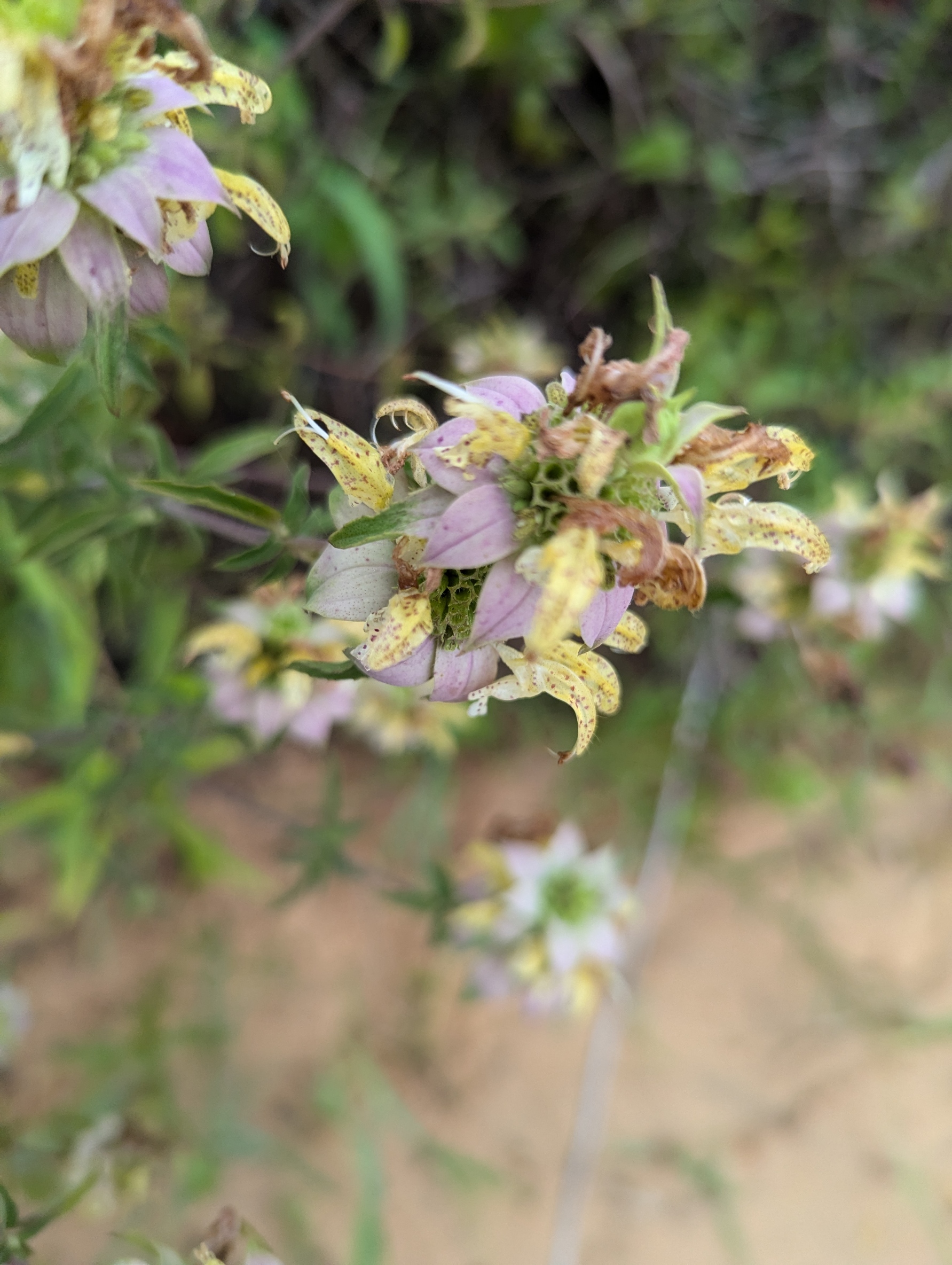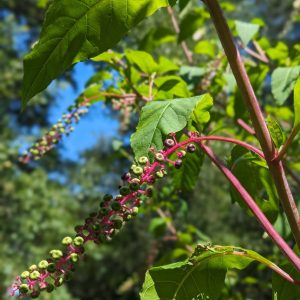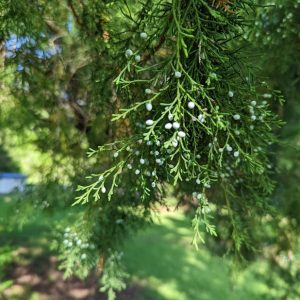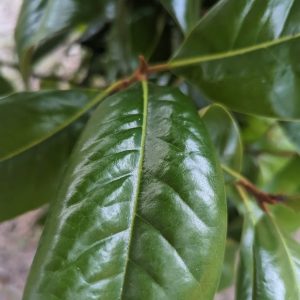Description
Dried Spotted Bee Balm (Monarda punctata)
Warning: For external use only. Do not ingest. Keep out of reach of children and pets.
Elevate your herbal collection with our Dried Spotted Bee Balm, a versatile and aromatic addition that brings the essence of summer right to your home. Harvested at peak freshness, this beautiful herb features its signature spotted flowers and fragrant leaves, offering a unique blend of flavor and wellness.
– Vibrant Color & Aroma: The dried flowers and leaves maintain their striking appearance and delightful minty fragrance, making them perfect for potpourri, herbal sachets, or decorative arrangements.
– Wellness Benefits: Traditionally valued for its soothing properties, dried bee balm can be used in natural remedies for minor ailments.
– Eco-Friendly: Sustainably harvested and carefully dried to preserve essential oils and nutrients, ensuring you receive the highest quality product.
– Versatile Applications: Ideal for herbal crafts, DIY skincare, or as an ingredient in homemade potpourri, allowing you to explore your creativity.
The Tewa Indians because of the
flavor it imparted cooked Wild bergamot with meat.
The Iroquois used the plant in the making of a
beverage. The plant has a wide variety of medicinal
uses.
The Ojibwe put a wad of chewed leaves of this
plant into their nostrils to relieve headache. The tops
of the plant were dried and used as a sternutatory for
the relief of colds. The leaves were placed in warm
water baths for babies.
The Flambeau Ojibwe
gathered and dried the whole plant, boiling it in a
vessel to obtain the volatile oil to inhale to cure
catarrh and bronchial affections.
The Menomini also
used this plant as a remedy for catarrh, steeping the
leaves and inflorescences in a tea.
The Meskwaki
used this plant in combination with other plants to
relieve colds.
The Hocak (Winnebago) used wild
bergamot in their sweat bath and inhaled the fumes to
cure colds. A decoction of boiled leaves was used as
a cure for eruptions on the face.
The Cherokee made
a warm poultice of the plant to relieve a headache.
The Teton Dakota boiled together the leaves and
flowers as a cure for abdominal pains. The Blackfoot
made a tea from the blossoms and leaves to cure
stomach pains. They also applied boiled leaves to the
pustules of acne.
The Tewa dried the plant and
ground it into a powder that was rubbed over the
head to cure headaches, over the body to cure fever,
and as a remedy for sore eyes and colds.
Early white settlers used it as a diaphoretic and carminative, and
occasionally employed it for the relief of flatulent
colic, nausea and vomiting.
Wild bergamot is used in flower
arrangements. Bees, butterflies and hummingbirds
use the plant for nectar.



